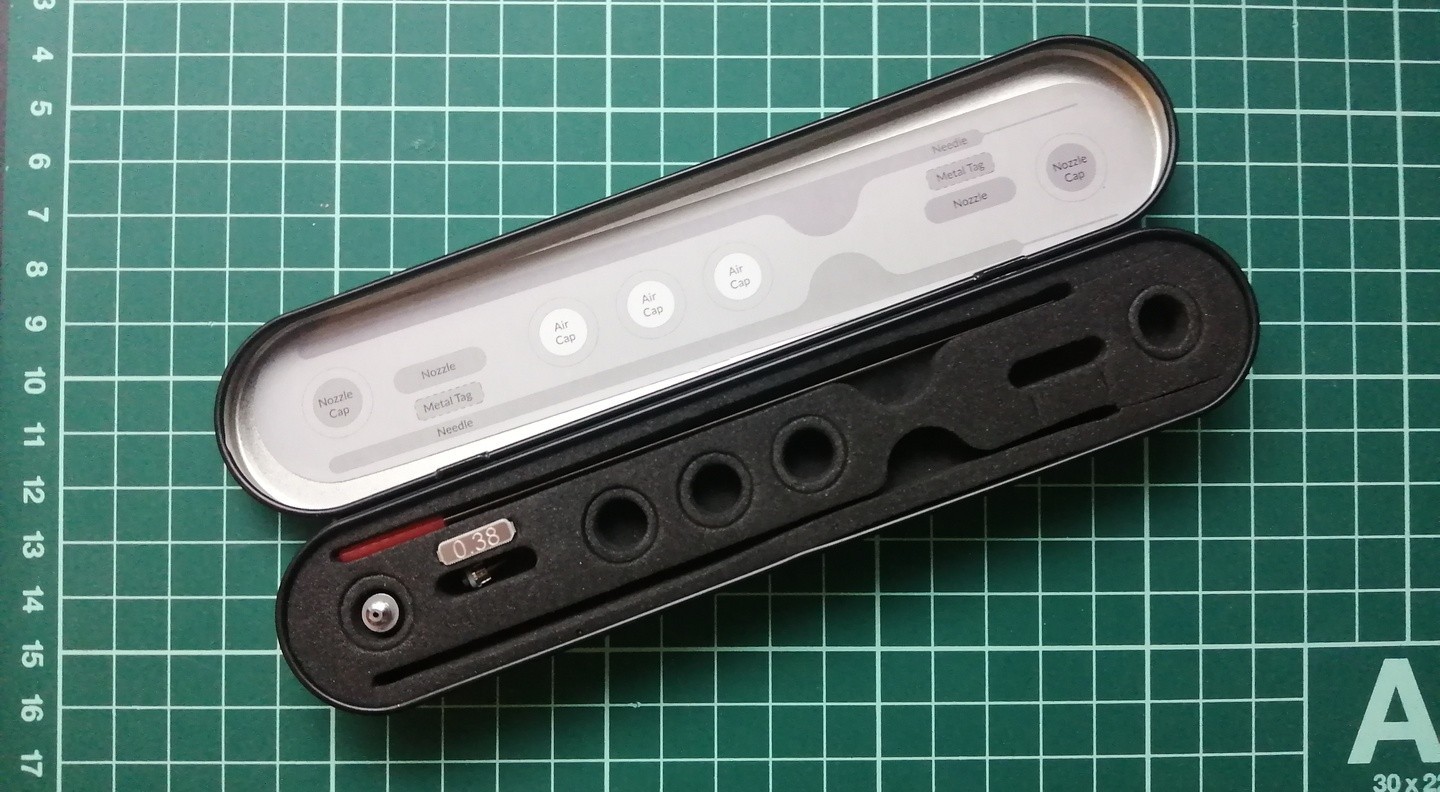
Panzerwrecks continues re-editing Panzer Tracts volumes, in this case it is the 9-3 dedicated to the Jagdpanther. It is a soft cover book in letter format, vertical, 27,9 * 21,6 cm.
It has 98 pages on glossy paper with plenty of text, good sized photos - often half-page, plans and tables. As the rest of the series, it has been written by Hilary Louis Doye and Thomas L. Jentz.
The first chapter is a one-page introduction explaining the methodology employed for the book's research, using only original documentation as well as direct measurements for the plans, which has resulted in a number of discoveries not known before the book was published - the original edition is from 2005.
The next chapter, development and production, details how this vehicle came to be built to specification, its changes and the construction of wooden models. There is an abundance of quotes from meetings and reports. There is also a curious list of the different names given to the tank, with 18 entries.
As for production, there is an interesting account of how it developed, how many units were produced each month, and the difficulties encountered. It is accompanied by several photos of an early vehicle.

The third chapter is changes introduced during production. This is a complex issue because changes did not occur immediately or at the same time at all manufacturers. Also, the hulls were not fitted on a first-come, first-served basis. Nevertheless, a large number of identified changes are presented here and grouped into 35 sections. The last even details changes authorised to be made by units.
There is also a report from the 654 Schwere Panzer Jäger Abteilung in July 1944 proposing improvements.
In the photos following the text, the captions indicate many of these changes.

Next comes one of the most valued sections of the Panzer Tracts series, the drawings. There are 48 pages of carefully drawn CAD drawings by Hilary Louis Doyle, based on period plans and his own measurements of preserved vehicles.
There are five 1/35 views of Jagdpanther produced by M.I.A.G. in January 1944, in July 1944, by MNH in November and December 1944 and in March and April 1945.
Thanks to the attention to detail, these drawings are a outstanding reference.

Apart from that, there are a lot of individually drawn components in 1/10 scale. Their shapes and size can be better appreciated as they are not subject to perspective, when placed on an inclined plane of the vehicle. The larger scale is an advantage for 3D modellers, because it allows more detail to be seen and is easier to reproduce. However, for traditional modellers, it does not allow them to be used directly for contrasting or building parts at 1/35. In any case, the collection of parts represented is impressive: wheels, grilles, tools, exhausts, hatches and many more, all with their variants.

The last chapter is organisation and tactics, twelve pages of interesting information on the use of these vehicles. For example, the guide to tactical use of the Jagdpanther is reproduced. The experiences of the 654th Schwere Panzer Jäger Abteilung, the first unit to receive one, are also recounted, as well as a report by its Commander. There is also the history of several other units that received the Jagdpanther, with tables of deliveries, operational vehicles at different dates and reports.

Changes in the new edition.
This edition of Panzerwrecks is a noticeable improvement from the original. For a start, glossy paper has been used and the book is bound rather than stapled. The images have been re-scanned and processed for higher quality, the formatting of the text and tables has been changed. These changes are common to all volumes that have been re-edited by Panzerwrecks, however this volume has been extended by 6 pages and 14 new photos have been added.
The drawings have also been revised, including new views of the engine deck armour.
Conclusion
An excellent reference for the Jagdpanther. The history of the vehicle, both developmental and operational, is told in sufficient detail and in a readable form. It includes plenty of quotes from reports and meetings of the time, as well as very clear and good sized photos.
Hilary Louis Doyle's plans are as always outstanding, allowing not only to see details but to compare versions visually. Also included are a multitude of 1:10 scale plans that provide much more detail.



























